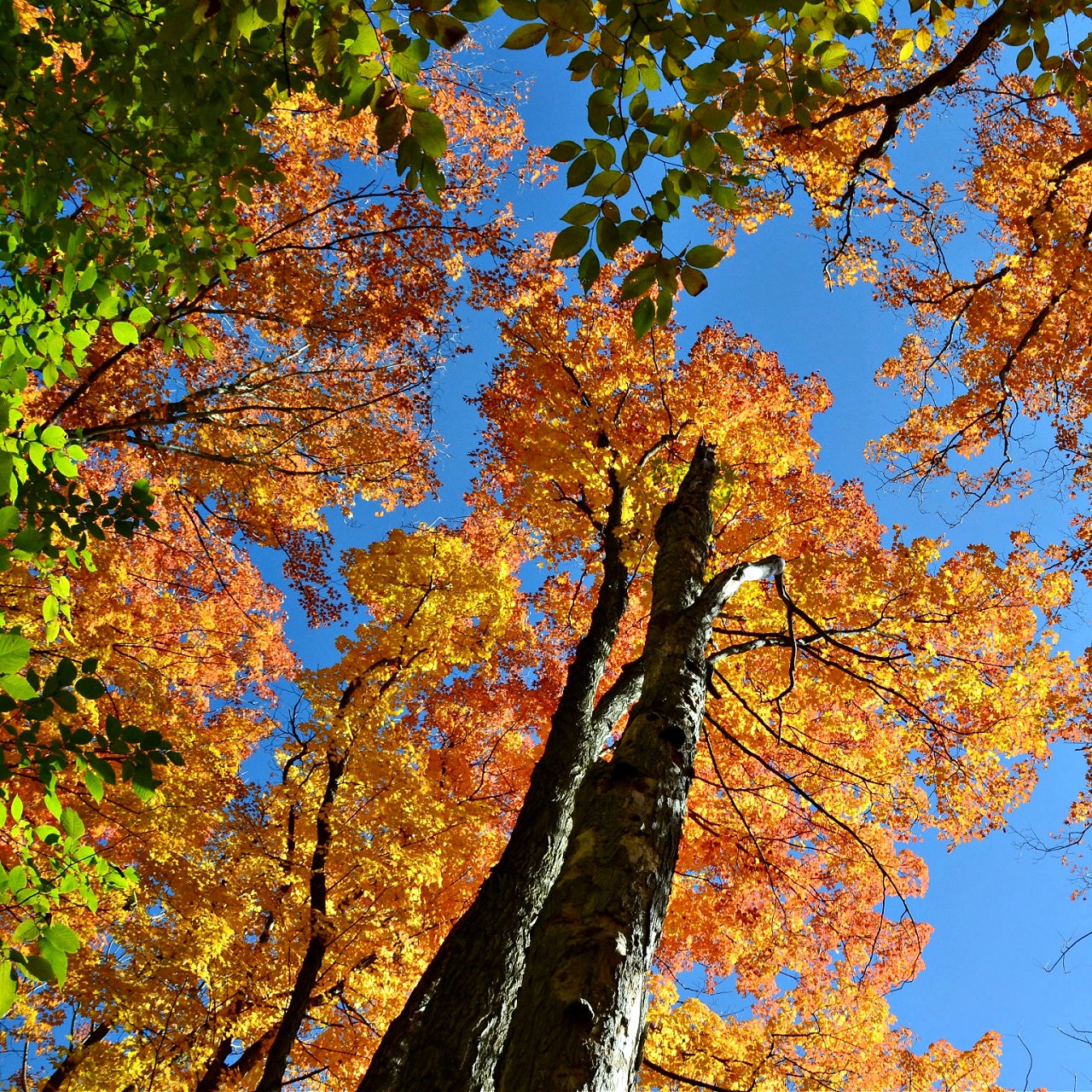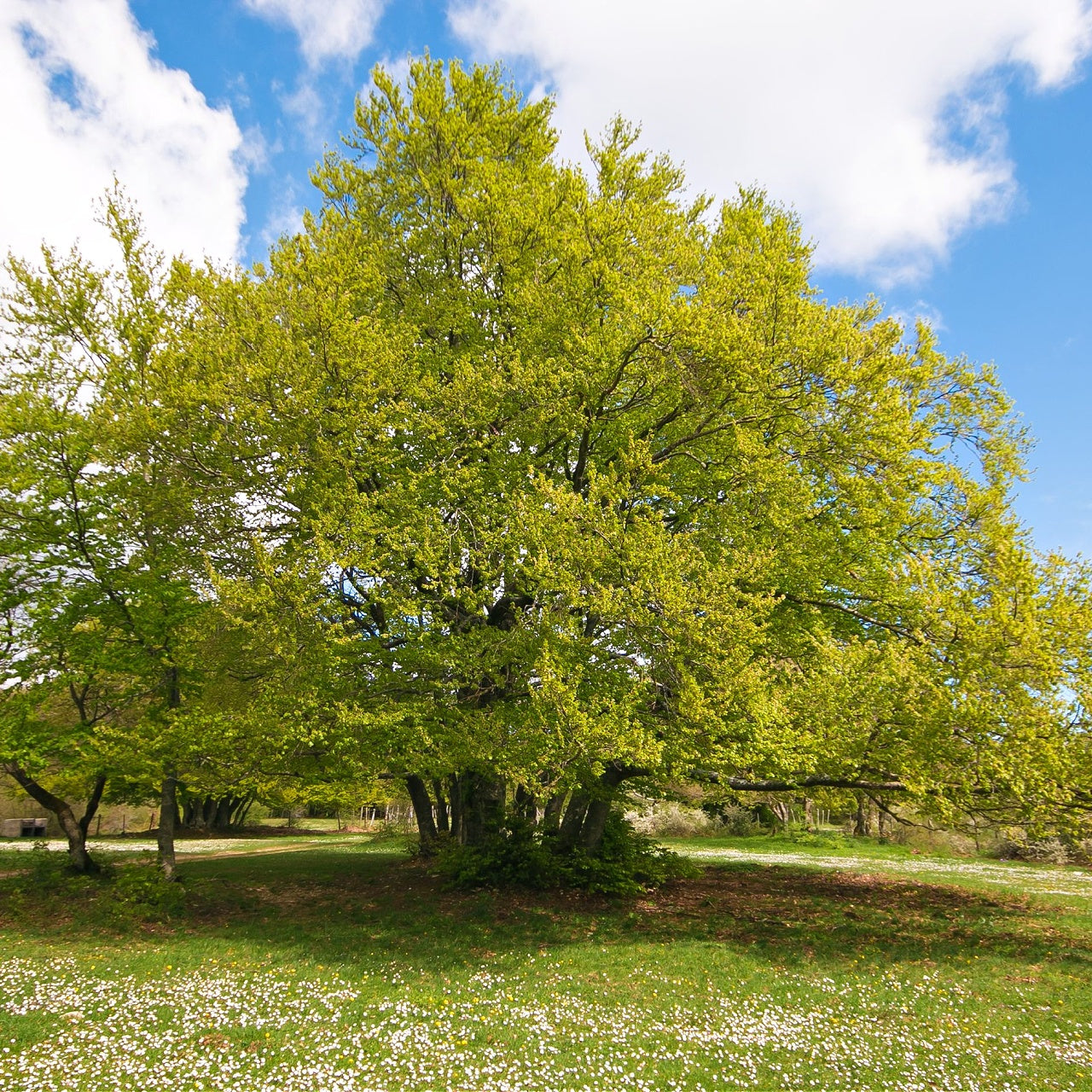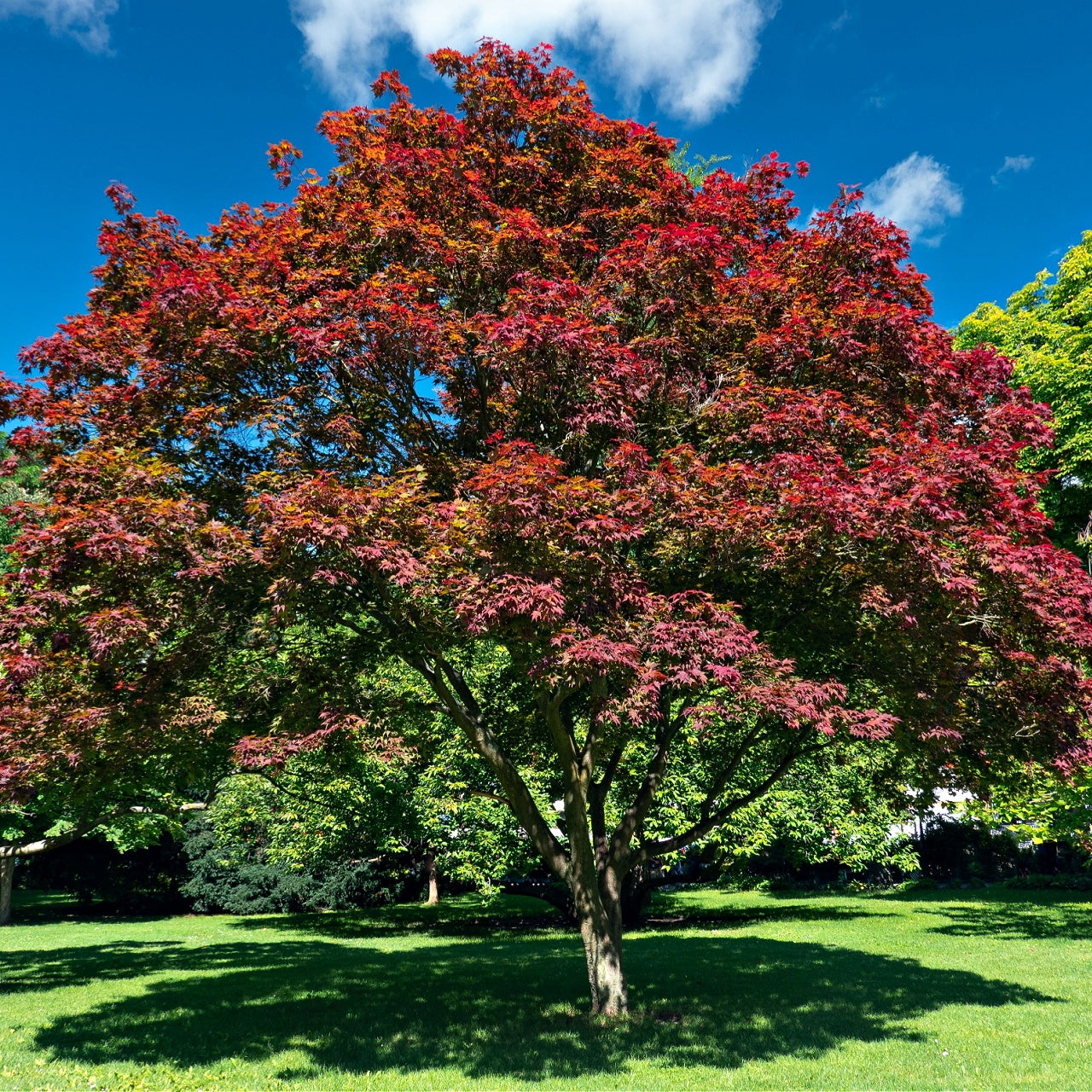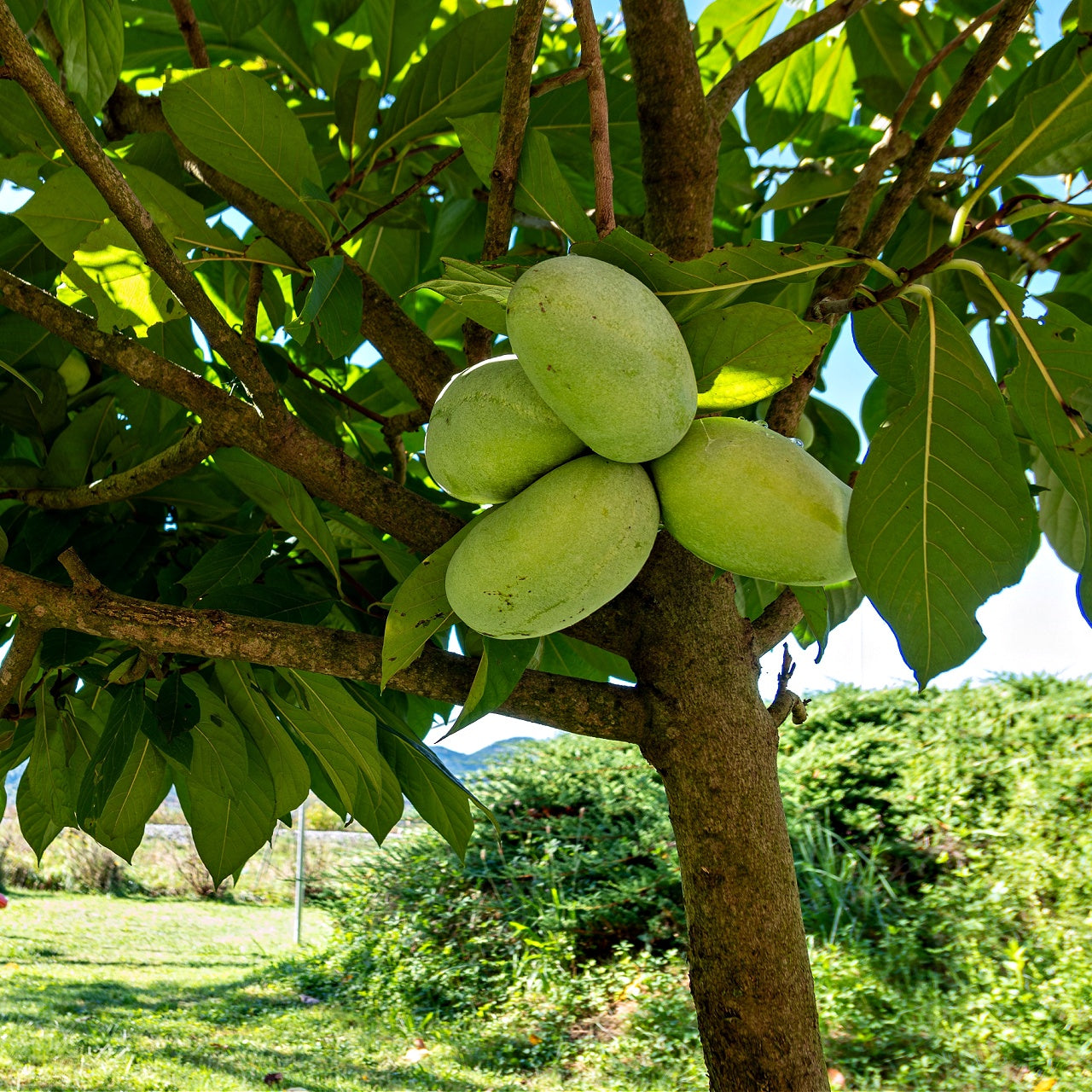
Tips for Planting and Growing Christmas Ferns
Tips for Planting and Growing Christmas Ferns
If you're looking for a lush and easy-to-grow fern to add to your garden or indoor plant collection, the Christmas fern may be just what you need. This native North American plant gets its name from its evergreen fronds, which stay green throughout winter and provide a pop of color in an otherwise dreary season.
In this blog, we present tips for planting and growing Christmas ferns so you can enjoy their beauty year-round. We'll cover everything from soil and water requirements to light and temperature preferences and how to propagate and care for your ferns.
Whether you've been gardening for years or are just starting out, Christmas ferns are a great choice for bringing a touch of greenery to your home or yard. You can enjoy these beautiful ferns for years with some knowledge and care. So let's get started!
Planting Christmas Ferns
Christmas ferns are easy to care for and maintain, making them popular for many gardeners and indoor plant enthusiasts. However, proper planting and care are crucial for ensuring the health and longevity of your Christmas ferns. Keep reading as we cover the basics of planting Christmas ferns, including the right location, soil requirements, planting techniques, and watering tips.
Choosing the Right Location for Your Ferns
When choosing a location for your Christmas ferns, it's essential to consider their light and moisture preferences. Christmas ferns thrive in shady or partially shaded areas with well-draining soil. They can tolerate some sun, but too much direct sunlight can cause their fronds to dry out and wither. Additionally, Christmas ferns prefer moist, cool environments and may not do well in areas with high temperatures or low humidity.
Soil Requirements for Christmas Ferns
Christmas ferns prefer acidic soil with a pH between 5.0 and 6.5. The soil should also be well-draining to prevent waterlogging, which leads to root rot and other issues. So, to improve soil drainage, you can mix in sand or perlite when planting your ferns. It's also good to amend the soil with rich organic material, like compost or peat moss, to improve fertility and provide plant nutrients.
How to Properly Plant Christmas Ferns
When planting Christmas ferns, digging a hole slightly larger than the plant's root ball is important. Gently detach the fern from its container and loosen its roots before planting. Be sure to backfill the hole with soil and gently firm it around the base of the plant. Avoid packing the soil too tightly, as this can make it difficult for water to reach the roots.
Watering Techniques for Christmas Ferns
Proper watering is vital for the health and growth of your Christmas ferns. Water your ferns deeply and regularly, but be careful not to overwater them. The soil should only be moist but not soggy. Christmas ferns may require more frequent watering during high-heat or low-humidity periods. To maintain moisture and improve soil drainage, add a mulch layer around the base of your ferns.
Growing Christmas Ferns
Growing healthy and evergreen Christmas ferns requires attention to their environmental needs, including light, temperature, and nutrient requirements. Here are key factors to consider when growing Christmas ferns and common pests and diseases to watch out for.
Light Requirements for Christmas Ferns
Christmas ferns prefer shady or partially shaded areas, but they can tolerate some sun exposure. Ideally, they should receive indirect light or dappled shade, such as under a tree canopy or near a north-facing window. Excess direct sunlight can cause the fronds to dry out and wilt, so monitoring their exposure and adjusting as needed is essential.
Temperature Preferences for Christmas Ferns
Christmas ferns are hardy plants that can tolerate a wide range of temperatures. They require cool environments and can withstand frost and freezing temperatures. However, they may struggle in areas with high heat or low humidity, so monitoring their moisture levels and adjusting watering as needed is crucial. Do not expose your ferns to extreme temperature fluctuations, which can stress the plant and make it more susceptible to pests and diseases.
Fertilizing Christmas Ferns
Christmas ferns don't require much fertilization, but adding a slow-release fertilizer no more than once or twice a year can help promote healthy growth and vibrant fronds. Find a balanced fertilizer with equal amounts of nitrogen, phosphorus, and potassium, and follow the manufacturer's instructions for application. Also, do not overfertilize the plant, as this can damage it and cause excess foliage.
Common Pests and Diseases to Know About
Like all plants, Christmas ferns are susceptible to pests and diseases. Some common issues to watch out for include spider mites, aphids, and scale insects, which can be remedied with neem oil or insecticidal soap. Christmas ferns are also susceptible to fungal diseases, such as root rot or leaf spot, which can be prevented by decreasing overwatering and providing adequate air circulation. If you notice any signs of pests or disease, it's vital to take action promptly to avoid further damage.
Propagating Christmas Ferns
Propagating Christmas ferns is a great way to expand your collection or share your plants with friends and family. There are two main methods of propagating Christmas ferns: division and spores.
How to Propagate Christmas Ferns Through Division
The division is the most popular method of propagating Christmas ferns. To divide your ferns, wait until they've become established and grown well. Then, carefully dig up the plant and gently separate the root ball into smaller sections. Each section should have several fronds and a healthy root system. Replant each division in a new location, thoroughly water, and provide adequate shade and moisture.
When and How to Propagate Christmas Ferns Through Spores
Propagation through spores is more time-consuming, but it can be a rewarding way to grow new plants. To propagate Christmas ferns through spores:
- Wait until the spores appear on the underside of the fronds.
- Collect the spores by placing a paper bag over the frond and shaking gently.
- Sprinkle the spores onto a prepared growing medium, for example, a mixture of peat moss and sand.
- Keep the medium moist and in a shaded area until the spores have germinated and grown into tiny plants.
- Once large enough, transplant the new ferns into individual containers or the ground.
Whether you propagate your Christmas ferns through division or spores, it's essential to be patient and provide the plants with the right growing conditions to ensure their success. With proper care and attention, you can relish the beauty and resilience of Christmas ferns for years to come.
Caring for Christmas Ferns
Caring for Christmas ferns is relatively easy, but you can take a few key steps to ensure they thrive. Here is everything you should know about pruning and trimming Christmas ferns.
Pruning and Trimming Christmas Ferns
Christmas ferns generally don't require much pruning or trimming, but removing any dead or damaged fronds can help promote healthy growth and prevent disease. Use only sharp, clean scissors or pruning shears to prune your ferns and cut the front as close to the base as possible. Avoid cutting into healthy tissue, which can damage the plant and make it more susceptible to pests and disease.
The bottom line is that Christmas ferns are versatile and resilient plants that add beauty and texture to any garden or landscape. By following the tips mentioned in this article, you can plant, grow, propagate, and care for your Christmas ferns, ensuring that they thrive and remain healthy for a long time.






